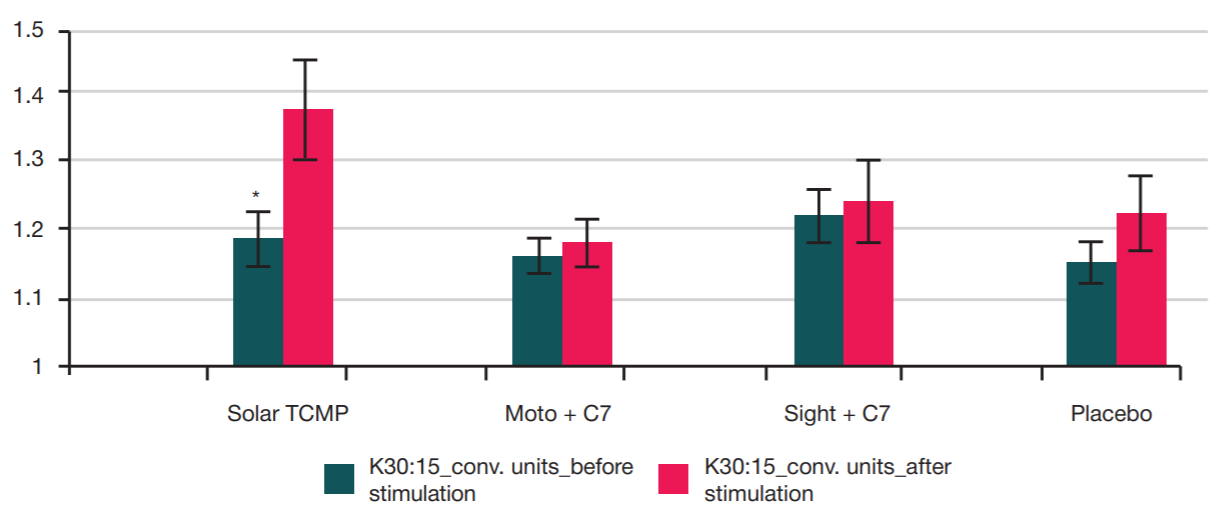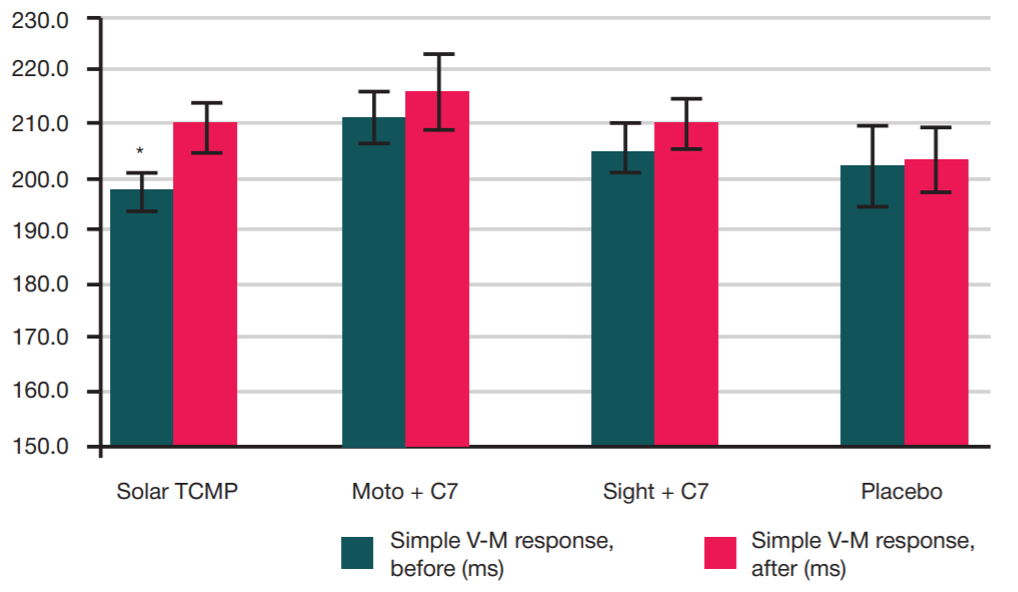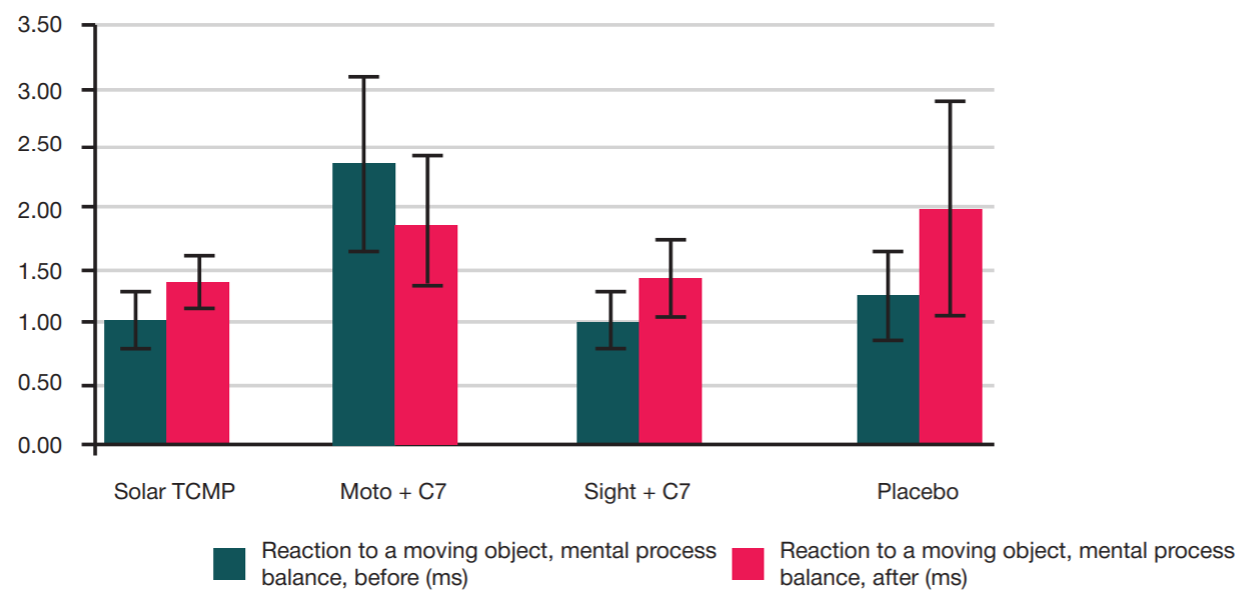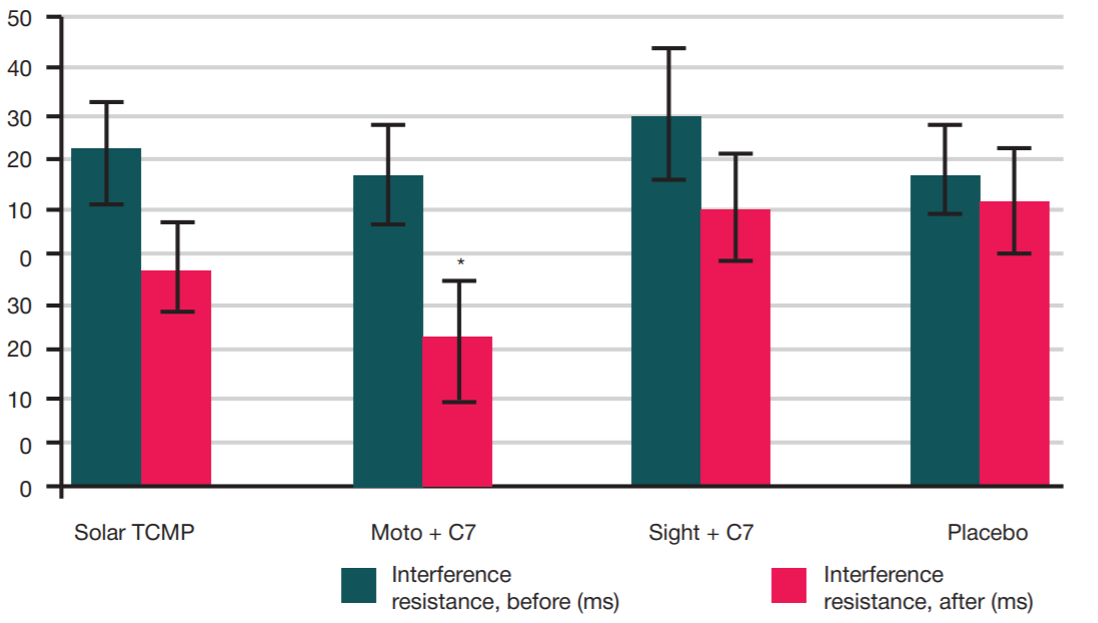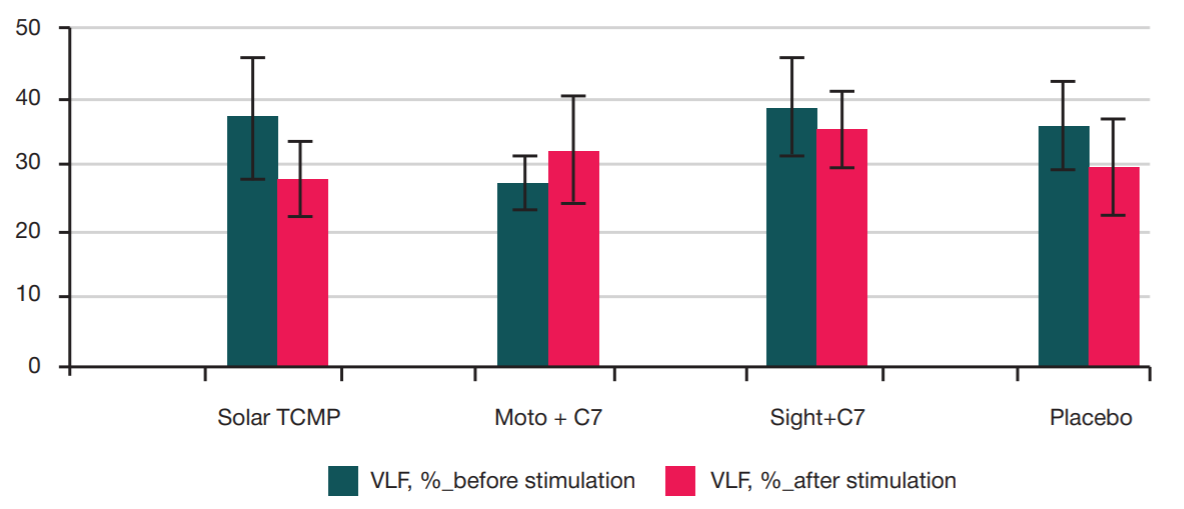
This article is an open access article distributed under the terms and conditions of the Creative Commons Attribution license (CC BY).
ORIGINAL RESEARCH
The effect of a single procedure of combined micropolarization on autonomic regulation and sensorimotor reactions
1 Research Institute of Hygiene, Occupational Pathology and Human Ecology of the Federal Medical Biological Agency, St. Petersburg, Russia
2 Mechnikov North-Western State Medical University, Saint Petersburg, Russia
3 Pavlov Institute of Physiology, St. Petersburg, Russia
Correspondence should be addressed: Ivan B. Sivachenko
Bekhtereva st., 1, korp. 3, St. Petersburg, 192019, Russia; ur.liam@d_snava
Author contribution: IB Sivachenko — planning, coordination and organization of the study, analysis of the results, conclusions and discussion; DS Medvedev — organization of the study, research supervision, conclusions and discussion; TA Fedorova, MV Tsimbal, NV Steinberg — execution of the practical part of the study with volunteers, processing of the data obtained; GA Moiseenko — consulting, analysis of the results, conclusions and discussion.
Compliance with ethical standards: the study was approved by the Ethics Committee of the Research Institute of Hygiene, Occupational Pathology and Human Ecology of FMBA of Russia (minutes #2 of February 28, 2019). All volunteers signed the informed written consent to participation in the study.

